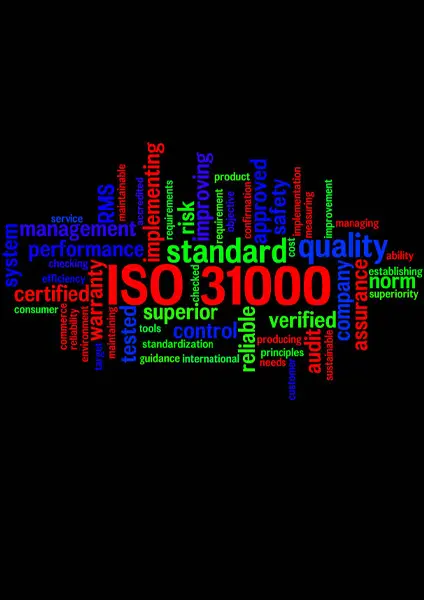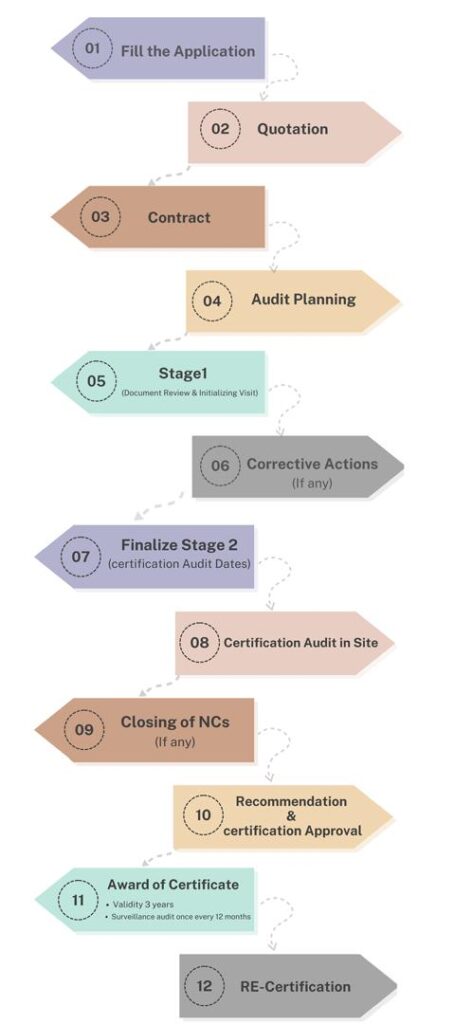In an increasingly complex and unpredictable business environment, risk management has become a critical function for organizations of all sizes. ISO 31000:2018, the international standard for risk management, provides a structured and flexible framework to identify, assess, and mitigate risks. By adopting ISO 31000:2018, organizations can make informed decisions, enhance resilience, and seize opportunities.
This article explores the essentials of ISO 31000:2018, its benefits, practical implementation steps, and actionable tips to integrate risk management into your business strategy effectively.
What Is ISO 31000:2018?
ISO 31000:2018 is an international standard that offers guidelines for risk management. Unlike other ISO standards, it is not intended for certification but serves as a best-practice framework to help organizations manage risks systematically and effectively.
Key features of ISO 31000:2018 include:
- Principles: Guides organizations to create value, integrate risk management, and ensure decision-making is risk-informed.
- Framework: Provides a structure to embed risk management into organizational processes.
- Process: Outlines a step-by-step approach to risk assessment, evaluation, and treatment.
ISO 31000:2018 is applicable to all industries and sectors, making it a versatile tool for managing risks in various contexts.

Why Is ISO 31000:2018 Important?
Effective risk management is essential for organizational success. ISO 31000:2018 helps organizations address uncertainties, minimize potential threats, and capitalize on opportunities.
Key Benefits of ISO 31000:2018
- Enhanced Decision-Making Incorporating risk management into decision-making ensures better planning and execution.
- Increased Resilience Identifying potential risks early enables organizations to adapt and recover quickly from disruptions.
- Regulatory Compliance ISO 31000:2018 aligns with legal and regulatory requirements, reducing compliance risks.
- Cost Savings Proactively managing risks minimizes losses from incidents and operational disruptions.
- Improved Stakeholder Confidence A robust risk management process builds trust among investors, employees, and customers.
- Alignment with Strategic Goals Risk management ensures that organizational objectives are achieved with minimal disruption.
Core Principles of ISO 31000:2018
ISO 31000:2018 emphasizes eight key principles that underpin effective risk management:
- Integrated: Risk management is integrated into all organizational activities.
- Structured and Comprehensive: A systematic approach ensures consistency and reliability.
- Customized: Processes are tailored to the organization’s unique context.
- Inclusive: Involves stakeholders to ensure diverse perspectives.
- Dynamic: Adapts to changes in the external and internal environment.
- Best Available Information: Decisions are based on reliable, timely, and relevant data.
- Human and Cultural Factors: Considers the impact of human behavior and organizational culture.
- Continual Improvement: Encourages ongoing learning and enhancement of processes.
Steps to Implement ISO 31000:2018
- Understand the Standard
Familiarize yourself with the guidelines in ISO 31000:2018. Training or consulting with risk management experts can provide deeper insights.
- Establish the Context
Define the internal and external environment in which your organization operates. Consider factors such as industry trends, regulatory requirements, and organizational objectives.
- Identify Risks
Create a comprehensive list of potential risks that could impact your organization. Categorize risks into strategic, operational, financial, or compliance-related.
- Analyze Risks
Evaluate the likelihood and impact of each risk. Tools such as risk matrices or SWOT analysis can be helpful.
- Evaluate Risks
Prioritize risks based on their severity and decide on the appropriate response: accept, mitigate, transfer, or avoid.
- Treat Risks
Develop action plans to address high-priority risks. Allocate resources and assign responsibilities for implementation.
- Monitor and Review
Continuously monitor risks and the effectiveness of mitigation measures. Update your risk management processes based on new data or changes in the business environment.
- Communicate and Consult
Engage stakeholders throughout the process to ensure transparency and alignment with organizational goals.
Examples of ISO 31000:2018 in Action
Case Study: Retail Sector
A retail chain adopted ISO 31000:2018 to address supply chain risks. By identifying potential disruptions from suppliers, they implemented contingency plans, resulting in a 20% reduction in stockouts during peak seasons.
Case Study: Financial Services
A financial institution used ISO 31000:2018 to strengthen its cybersecurity defenses. Risk analysis revealed vulnerabilities in outdated systems, prompting an upgrade that prevented data breaches and saved millions in potential losses.
Practical Tips for ISO 31000:2018 Implementation
- Start Small Begin by implementing risk management processes in one department or project before scaling organization-wide.
- Leverage Technology Use risk management software to automate data collection, monitoring, and reporting.
- Engage Leadership Secure commitment from top management to allocate resources and support the process.
- Encourage a Risk-Aware Culture Train employees to identify and report risks, fostering a proactive mindset.
- Review Regularly Conduct periodic risk assessments to adapt to changes in the business environment.
- Document Everything Maintain thorough records of risk assessments, mitigation plans, and monitoring results for accountability and learning.
Challenges in Implementing ISO 31000:2018
- Resistance to Change
Employees may resist new processes. Overcome this by emphasizing the benefits and involving them early in the process.
- Limited Resources
Small organizations may struggle with resources. Focus on high-impact risks and scale up gradually.
- Complexity of Risks
Managing interconnected risks can be challenging. Use tools like root cause analysis to address underlying issues effectively.
Conclusion
ISO 31000:2018 is a vital tool for organizations looking to navigate uncertainties and achieve strategic goals. By providing a structured framework for risk management, the standard enables organizations to make informed decisions, protect assets, and enhance resilience.
Whether you’re managing a small business or a multinational enterprise, ISO 31000:2018 offers a roadmap to effectively address risks and seize opportunities. Start implementing its principles today to secure your organization’s future and thrive in a competitive landscape.
Certification Process
1- Completion of information related to the company name, company activities, the number of staff per work shift, website address, and branches.
2- Announcement of costs related to the requested certification issuance process.
3- Preparation and approval of the contract for implementation.
4- Planning the audit process and notifying the client for audit process.
5- reviewing documents to identify the client strengths and weaknesses in comparison to the established documentation.
6- Corrective actions for potential weaknesses.
7- Final planning for conducting the audit, registration, and certification issuance.
8- Conducting the on-site audit process at the client by the specialized team of the certifying company.
9- Corrective actions for potential weaknesses in the execution of the organization’s processes.
10- Recommendation for the issuance of a certification related to the client to the head office.
11- Achieving the related certification.
12- Renew after three years.


